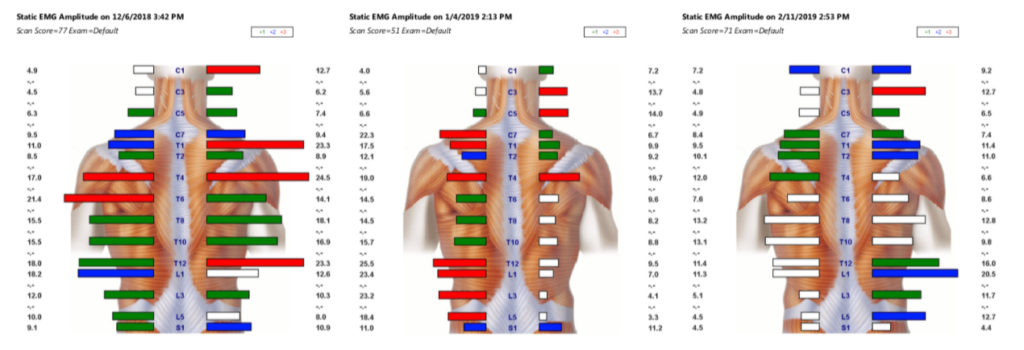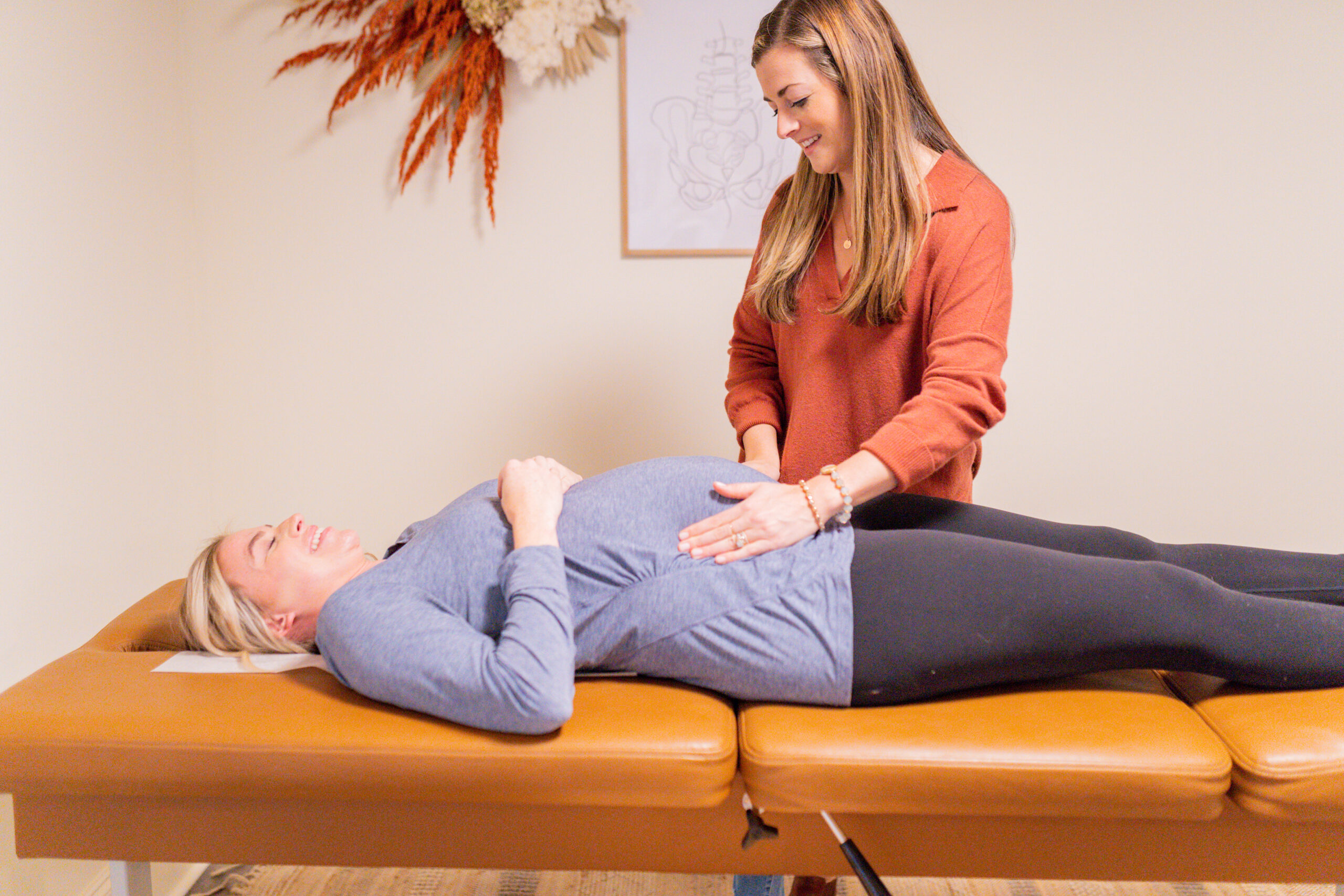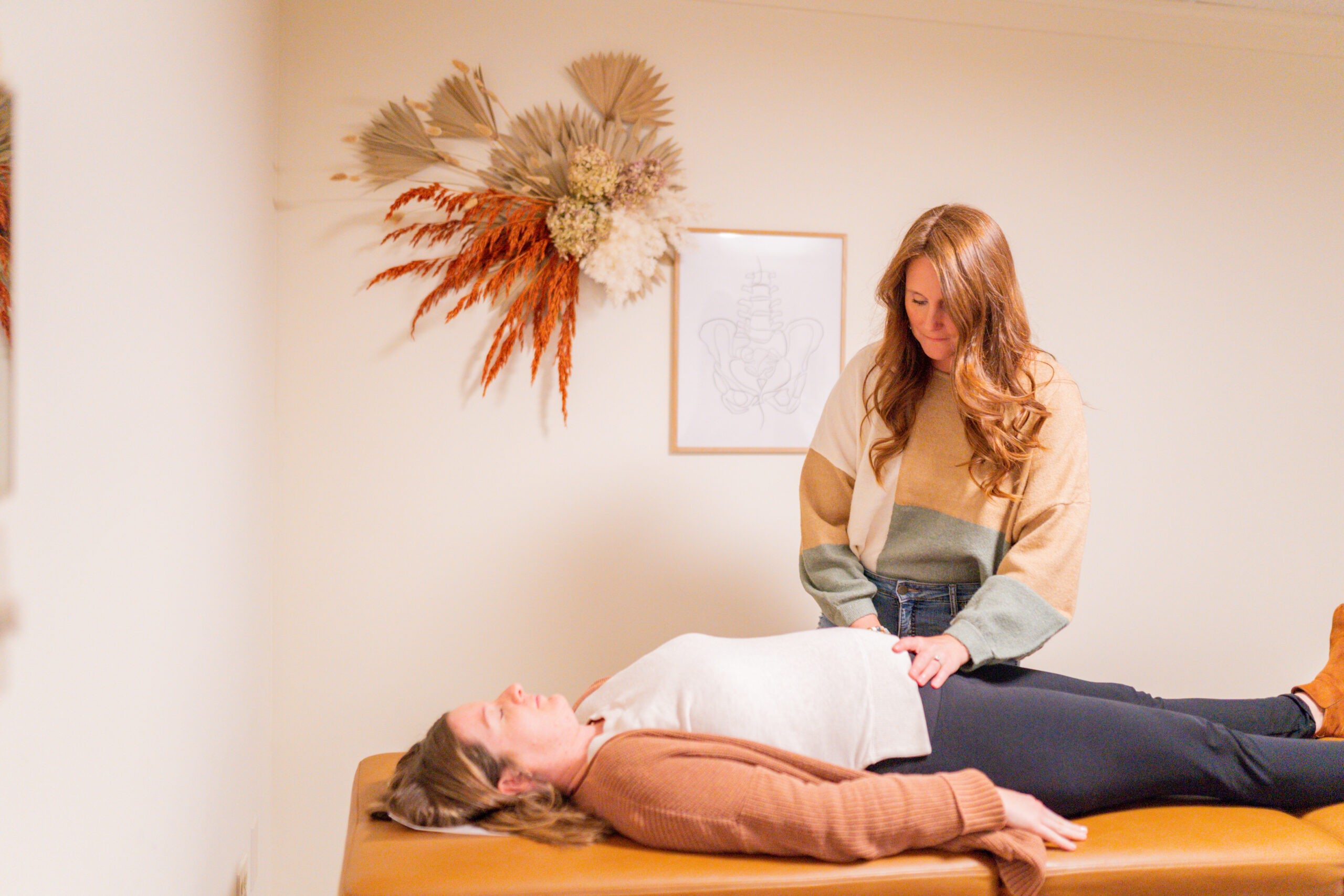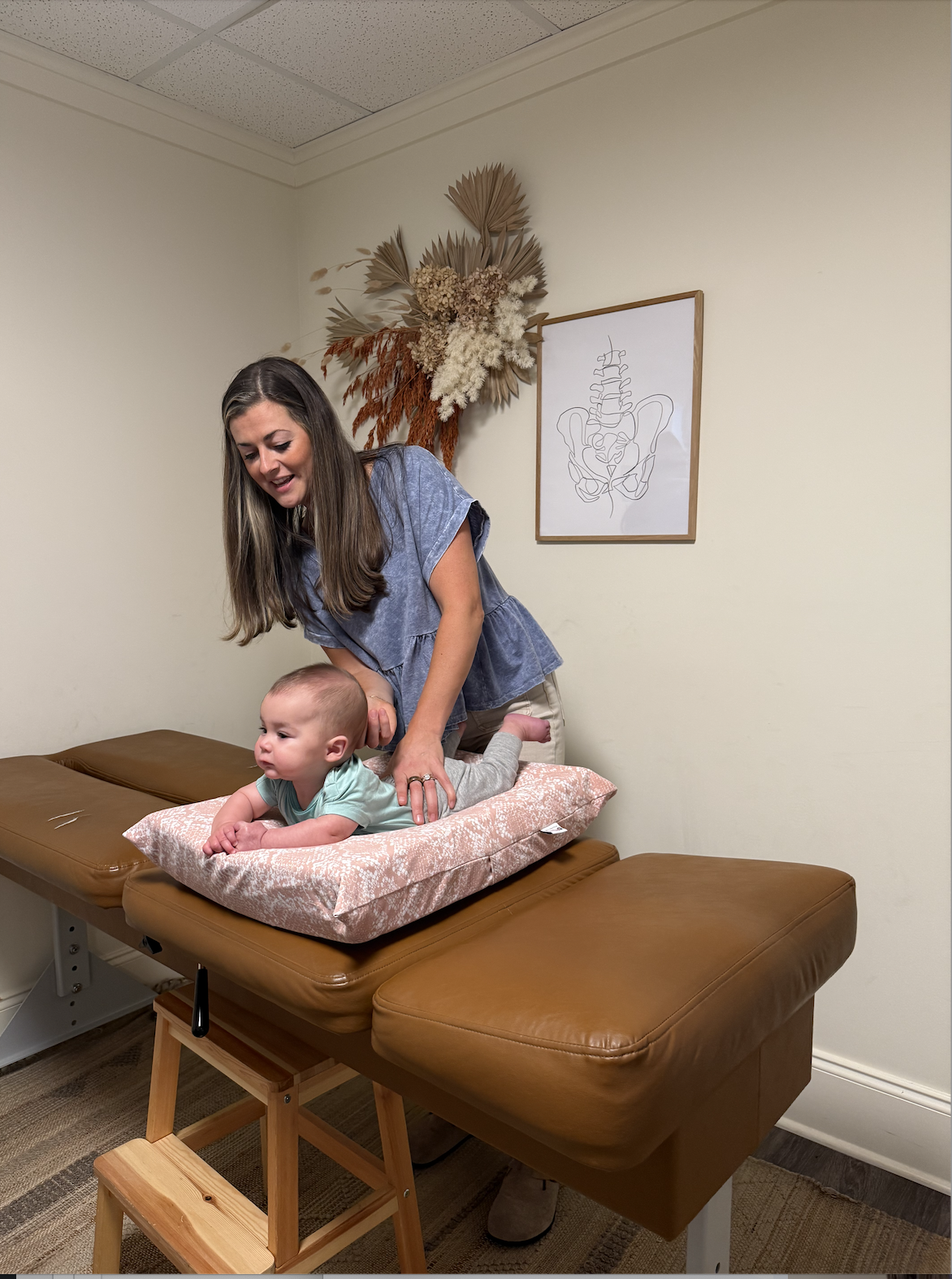What Causes Subluxation & What Are The Signs?

Remember, we learned in our last post about subluxation. We like to teach our patients that subluxation has three (3) main components:
- Misalignment
- Fixation & Tension
- Neurological Interference & Imbalance
Now, What Causes Subluxation?
So what causes subluxation, exactly? Put simply – stress and toxicity overload.
While stress is actually a normal, healthy part of life, helping us to gain resiliency, strength, and adaptability from infancy on… what the Perfect Storm teaches us is that we have far too much stress and toxicity in our current environments. And if a child is exposed to high amounts of stress and toxicity early in life before their nervous system has developed enough to handle it, then subluxation and dysautonomia set in, and the storm starts to brew.
What does that look like exactly for millions of children today?
Research has now clearly shown that pregnant mothers face more stress and anxiety than ever before. With all the added stress and tension on their nervous systems, it can lead to the baby winding up stuck in various abnormal positions in-utero, such as breech or forward-facing, which places added stress on their spine and nervous system.
From there, our labor and delivery system has turned into medical intervention nearly every single time, shoving health and natural birth to the side and significantly increasing the rates of both obvious and hidden birth trauma.
This study even found that 99 out of 100 healthy newborns had at least one “somatic dysfunction” pattern within the first 72 hours of life, which is the osteopathic term for subluxation. The vast majority of the dysfunction was found in the cranial area and cervical (neck) region, which makes sense given how much physical strain, tension, and pulling can be placed on those regions during the birth process, especially if interventions are involved.
Then from there, a stressed and subluxated infant deals with colic, reflux, constipation, and repeated ear infections. Then each use of an antibiotic in a child under the age of three dramatically increases their risk of chronic illness later on in life, and things like Miralax increase unwanted behaviors such as hyperactivity and aggression.
In chiropractic, we summarize and simplify things by teaching our patients about the 3T’s — Traumas, Toxins, and Thoughts.
We’re all going to face these 3Ts in life, but when our kids face so many of them so early on, it allows subluxation to set in. That subluxation creates significant, chronic imbalance and dysfunction within the nervous system, which then, in turn, causes dysfunction in motor tone and development as well as all other major systems — gut, immune, respiratory, mental, emotional, social, and so on.
All forms of excessive stress negatively affect the nervous system similarly, causing it to go into a pattern of tension and a fight-or-flight response.
What Are The Signs of Subluxation?
Because subluxation negatively affects the central nervous system, which is responsible for every single bit of our physiology and function, subluxation can show up in myriad signs and symptoms.
Initially, subluxation creates excessive tension and a “wound up” response, which shows up early in a child’s life as colic, difficulty sleeping, and frequent tantrums and meltdowns. But then, over time, as things turn more long-lasting and chronic, subluxation can cause neurological fatigue and exhaustion.
In addition, these are some of the most common signs of subluxation:
- Colic
- Difficulty Sleeping
- Chronic Ear Infections and Immune Challenges
- Constipation and Gut Issues
- Gross and Fine Motor Challenges
- Developmental Delays
- Frequent Meltdowns and Tantrums
- Sensory Integration Disorder
- Focus & Concentration Challenges
- Hyperactivity and Impulsivity
- Emotional Regulation Challenges
- Chronic Pain & Tension
- Fatigue and Exhaustion
- Functional Movement Disorders
How Do You Find and Take Care of Subluxation?
By far, the most important tool our neurologically-focused pediatric doctors are trained to use is the INSiGHT Subluxation Scanning Technology. In just a 10-15 minute exam, these scans can find, measure, and locate dysautonomia and other elements of subluxation.
Doing so allows our doctors to then create an exact, personalized, and customized adjusting care plan for that child and patient. The INSiGHT scans take all the guesswork out of it and bring the chiropractic exam and detection of subluxation into the modern era.
It all starts with our technology pictured below.

Now fixing it is simple yet powerful and complex simultaneously. Our trained pediatric and neurologically-focused doctors use an adjusting system that is safe, gentle, and wildly effective at restoring function and balance to the nervous system.
The coolest thing about our kind of chiropractic is that a regular adjusting visit lasts just a few minutes, easily fitting into a family’s busy schedule and also being fun and enjoyable for the child! When whole families come in to get adjusted, the kids fight and compete for who can jump on the table first. They love it so much.
There is help available for subluxation. The answers and help you seek are inside our office! Our doctors take the time to really listen, dive deep into your child’s case history to find the cause(s) of their health challenges, and then get right to work finding them via the INSiGHT Scanning Technology!
Find us on Instagram or Facebook and send us a message to make your appointment!
©Freedom Chiropractic | Terms and Conditions | Privacy Policy | Copy & Website by Liberty Type
©Freedom Chiropractic | Terms | Privacy
Copy & Website by Liberty Type






